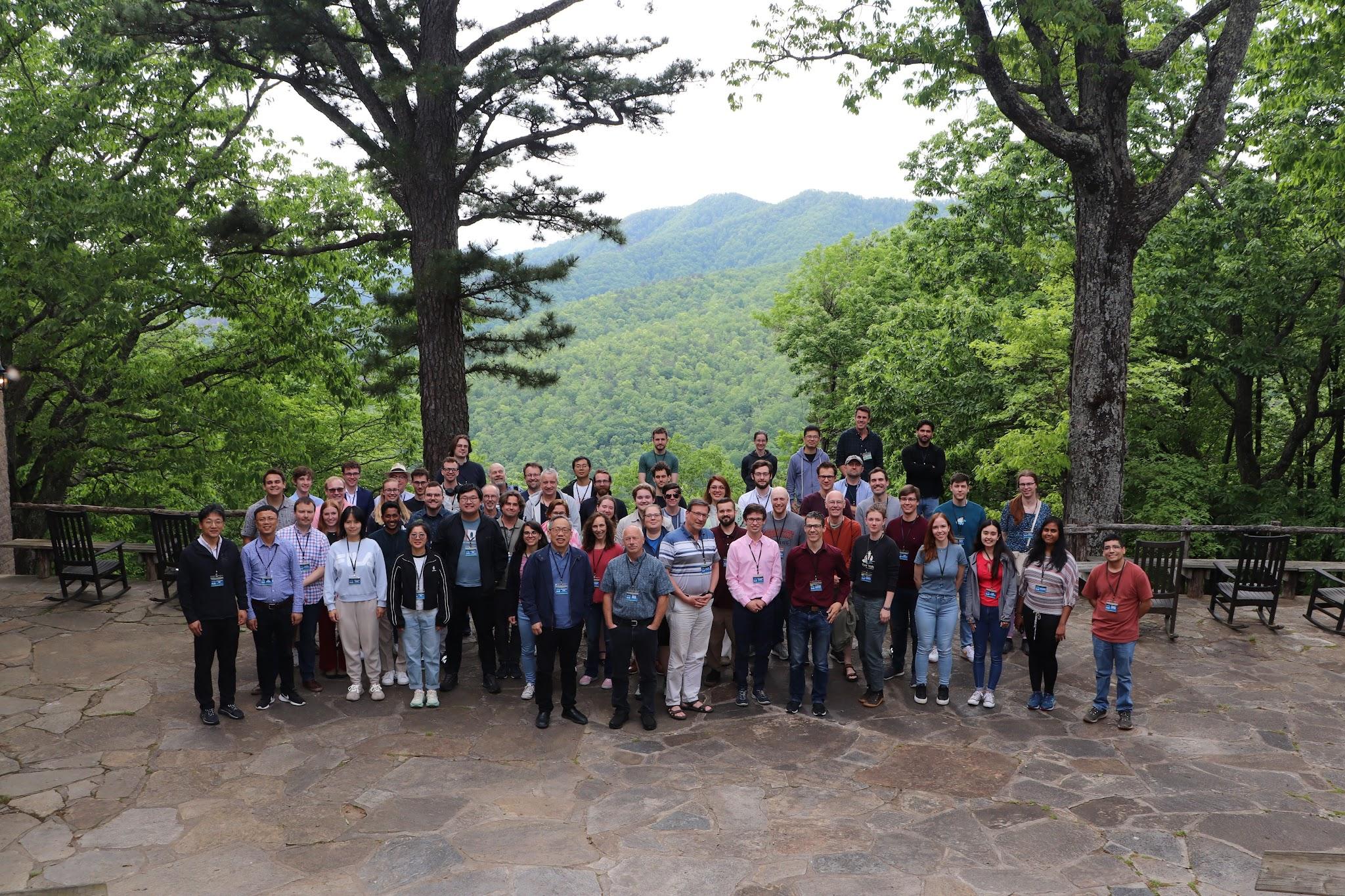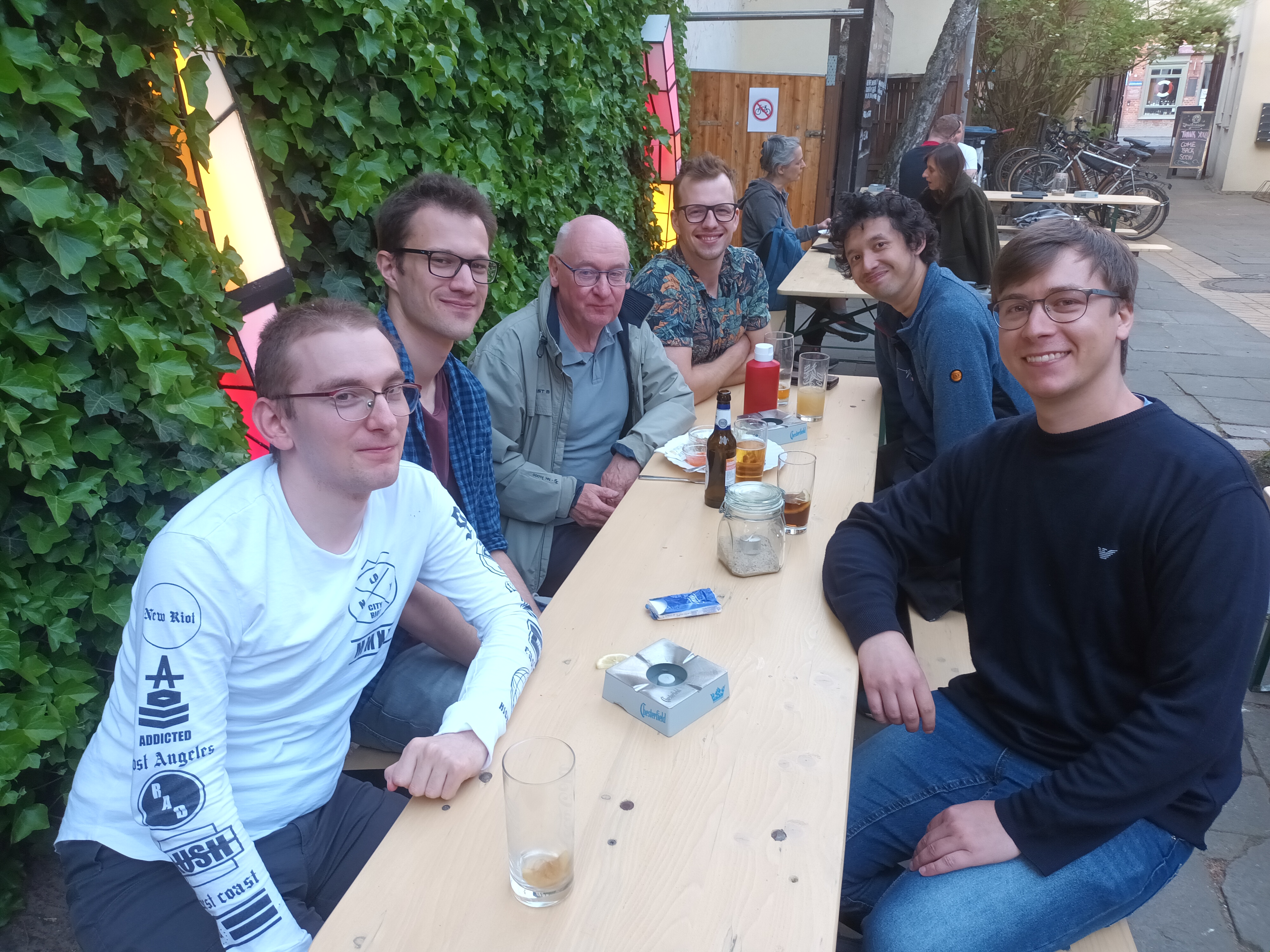News
A very special retreat
20.-24. May, 2025

This year's 12th International Meeting on Hot Subdwarfs and Related Objects was a very special one. We spent a wonderful week in the unique environment of Wildacres retreat and enjoyed science, talking and socialising. We want to thank our friend Brad and his team for this wonderful experience. Here you can see some impressions.
Congratulations to Toni Klotz
7. May, 2025

Toni Klotz successfully defended his master thesis (Spectral classification of single and composite hot subdwarf stars using machine learning). We wish him all the best and hope to stay in touch.
Congratulations to Fatima Waqar
25. March, 2025
Fatima Waqar successfully defended her master thesis (Hot Subdwarf Candidates Observed by TESS: Classification by Light Curves and Spectral Energy Distributions). We wish her all the best for the future and send our greetings to Pakistan.
Shocked, but not for long
January, 2025

Evolutionary tracks for white dwarfs in the Hertzsprung-Russell diagram. The observed hypervelocity stars are plotted as black points. The dashed red lines represent the lines of constant radii. The arrows mark the points when the model is 10000 years old. The tracks do not match the observations. Image credit: A&A.
The paper investigates hypervelocity stars moving at velocities of approximately 1500 to 2500 km/s - originating from thermonuclear supernovae in white dwarf binaries. Observations reveal that many of these stars have expanded to radii about ten times larger than their original size as white dwarfs. To understand this phenomenon, the authors utilized three-dimensional hydrodynamical simulations from the AREPO code as initial conditions and modeled the subsequent evolution using the one-dimensional stellar evolution code MESA. The findings indicate that the energy imparted by the supernova shock is insufficient to maintain the stars' expanded state beyond a few thousand years. Specifically, despite the proximity of the supernova shock (approximately 0.02 solar radii away), the models did not experience significant internal heating. Consequently, the stars contracted back to around 0.01 solar radii within about 10,000 years. Given that the observed lifetimes of these inflated hypervelocity stars are estimated to be between 100,000 to 1,000,000 years, the study concludes that the supernova shock alone cannot account for their prolonged expanded state. This suggests the necessity for an additional source of significant heating or other physical processes not yet considered in current models to explain the observations. These puzzling results are presented in a paper led by Aakash Bhat, which has been published in Astronomy & Astrophysics.
2024 2023 2022 2021 2020 2019